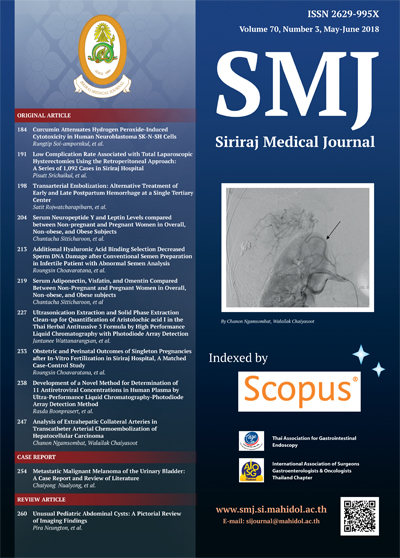Unusual Pediatric Abdominal Cysts: A Pictorial Review of Imaging Findings
Keywords:
Cyst; pediatric; abdominal; imagingAbstract
This article presents images and imaging features of unusual abdominal cysts in pediatric population. Recognition of imaging features and their location are helpful in diagnosis and therapeutic decision. Meconium pseudocyst usually has calcified wall and may contain debri or air. Lymphangioma can be located in mesentery or omentum and presents as uni or multilocular cyst. Pseudocyst is the most common complication of acute pancreatitis. Ovarian cyst is sometimes present as an abdominal mass in the newborn and young child. Cystic mass containing fat and calcifications is the pathognomonic finding of mature cystic teratoma. Duplication cyst has gut signature or double wall sign on ultrasound. Communication with bile duct is the helpful clue in diagnosis of choledochal cyst. When adrenal hemorrhage liquefies, it becomes cystic and gradually decreases in size.
Downloads
Published
How to Cite
Issue
Section
License
Authors who publish with this journal agree to the following conditions:
Copyright Transfer
In submitting a manuscript, the authors acknowledge that the work will become the copyrighted property of Siriraj Medical Journal upon publication.
License
Articles are licensed under a Creative Commons Attribution-NonCommercial-NoDerivatives 4.0 International License (CC BY-NC-ND 4.0). This license allows for the sharing of the work for non-commercial purposes with proper attribution to the authors and the journal. However, it does not permit modifications or the creation of derivative works.
Sharing and Access
Authors are encouraged to share their article on their personal or institutional websites and through other non-commercial platforms. Doing so can increase readership and citations.











